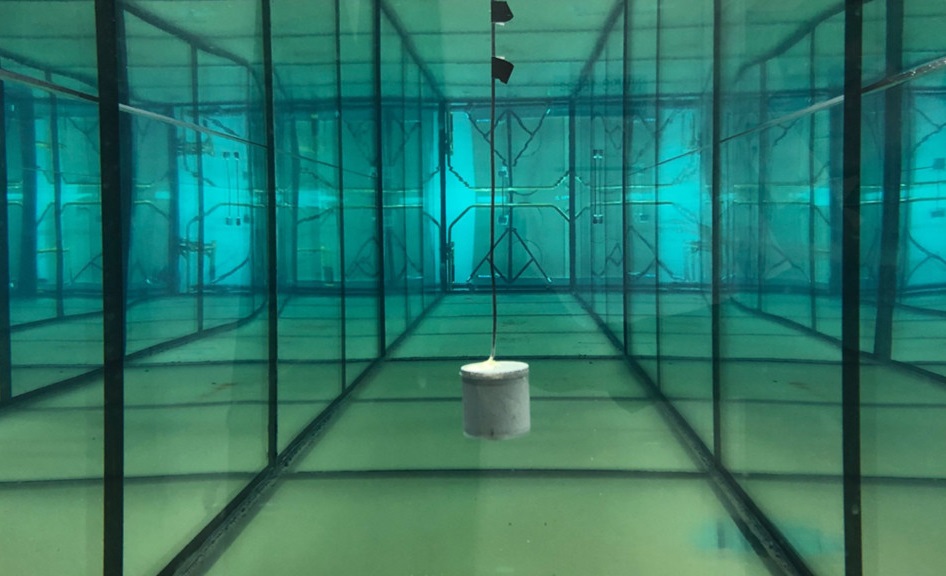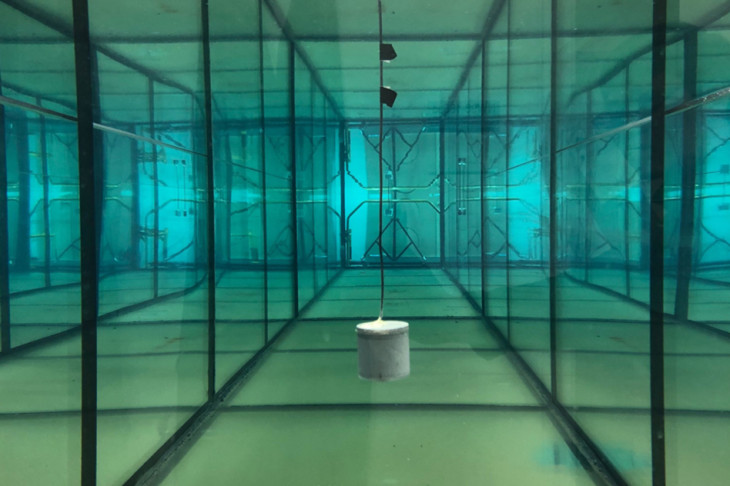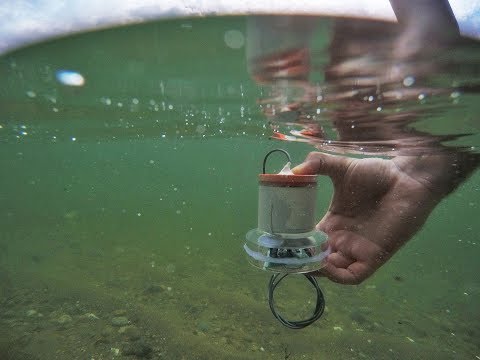This New Sensor Can Work Underwater, No Need For Batteries
Har Devarukhkar - Oct 03, 2019

MIT researchers have designed a new sensor and a communication system that can work underwater without batteries and can send back data.
- Samsung To Create Ultra-High-Resolution 600MP Camera Sensors
- This YouTuber Built His Own Digital Camera Sensor, You Can Too
- New Prosthetic Leg Lets People With A Limb Amputated Feel Their Foot And Knee Again
Researchers from MIT have successfully developed a new sensor, along with a communication system that can work underwater without batteries and hardly use any power. According to the researchers, this system could be used to build an underwater IoT (Internet of Things) for monitoring sea temperature and tracking marine life, while it doesn’t require any regular equipment or power swaps.

In the system, the research team uses a transmitter to send out sound waves underwater toward a sensor embedded with receivers. When the soundwave hits the sensor, it transmits a small amount of energy. After that, the sensor sends back an answer using that energy, or it doesn't, corresponding to 1 or 0.This allows the sensor to communicate any information using binary. The receiver decodes a 1 for a reflected wave and decodes a 0 for no reflected wave. This technology can work for multiple sensors at the same time.
Basically, the system relies on allowing piezoelectric resonators to absorb the wave and deform (a 0 bit), or retain the shape and then reflect (a 1 bit). It's dependent on the information contained in the sensor. You can integrate any type of sensor with piezoelectric material. The binary signals will be collected, then interpreted.

The inspiration for the system came from a nature documentary called “Blue Planet.” A researcher worked on this project, Fadel Adib, who is also an MIT Media Lab’s assistant professor, was watching “Blue Planet.” Then he wondered how little we know of the ocean, and we can’t use Wi-Fi or Bluetooth signals or put batteries underwater because that could raise issues with pollution. And that’s how the researchers came with the solution.

Next, MIT researchers want to prove that their system can work at larger distances and communicate with other sensors for simultaneous transmission. It might transmit low-resolution images and sound as well.
Featured Stories

Features - Jul 01, 2025
What Are The Fastest Passenger Vehicles Ever Created?

Features - Jun 25, 2025
Japan Hydrogen Breakthrough: Scientists Crack the Clean Energy Code with...

ICT News - Jun 25, 2025
AI Intimidation Tactics: CEOs Turn Flawed Technology Into Employee Fear Machine

Review - Jun 25, 2025
Windows 11 Problems: Is Microsoft's "Best" OS Actually Getting Worse?

Features - Jun 22, 2025
Telegram Founder Pavel Durov Plans to Split $14 Billion Fortune Among 106 Children

ICT News - Jun 22, 2025
Neuralink Telepathy Chip Enables Quadriplegic Rob Greiner to Control Games with...

Features - Jun 21, 2025
This Over $100 Bottle Has Nothing But Fresh Air Inside

Features - Jun 18, 2025
Best Mobile VPN Apps for Gaming 2025: Complete Guide

Features - Jun 18, 2025
A Math Formula Tells Us How Long Everything Will Live

Features - Jun 16, 2025
Comments
Sort by Newest | Popular